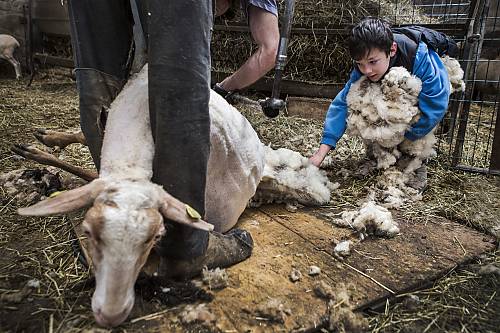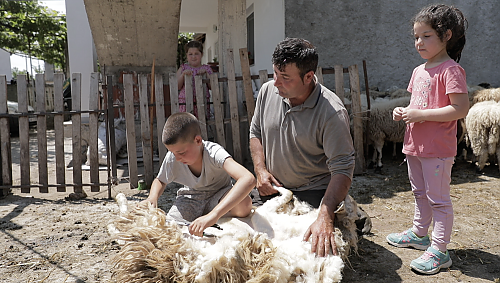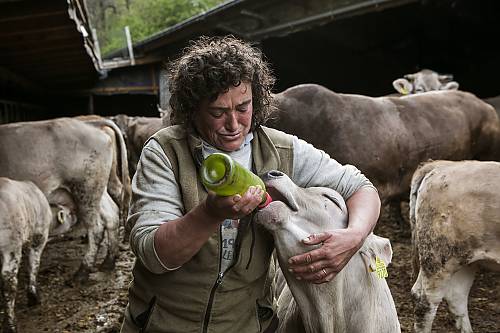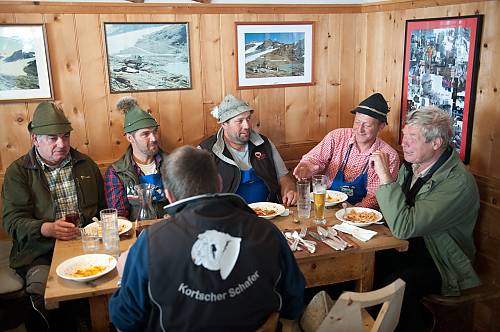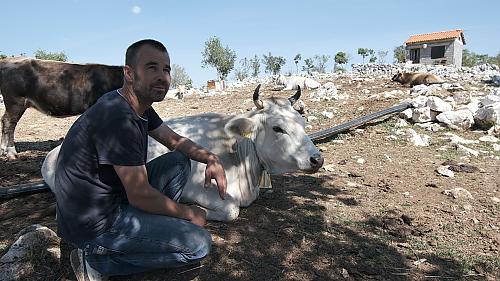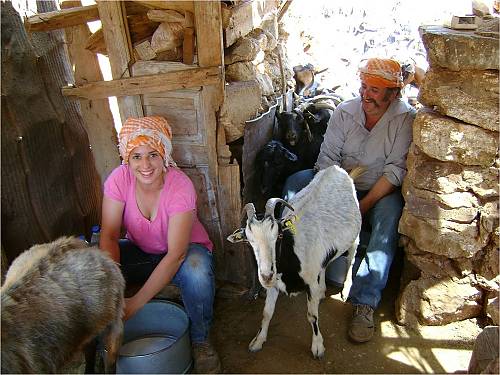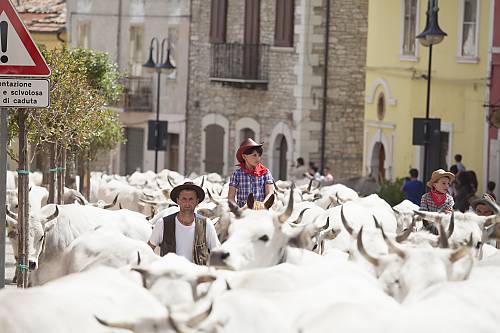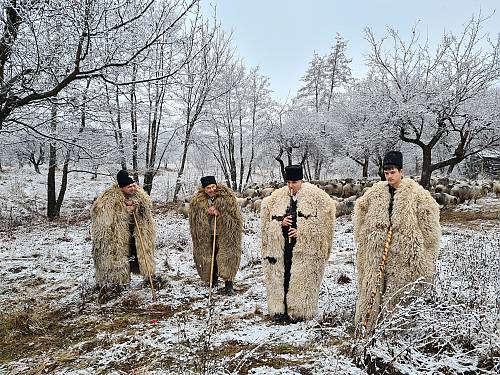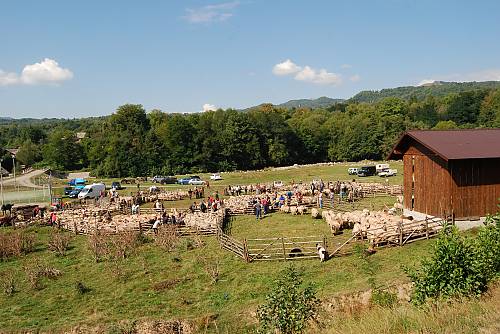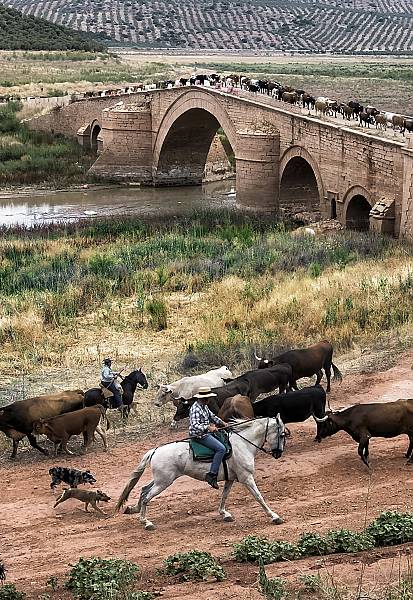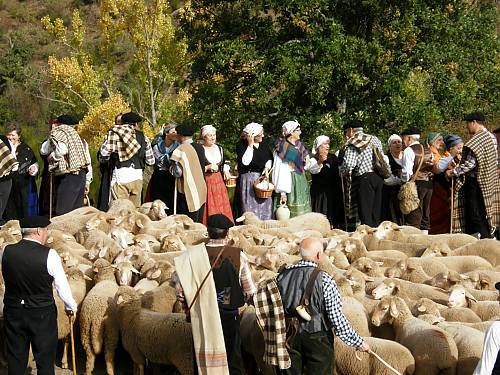Transhumance, the seasonal droving of livestock
Albania Andorra Austria Croatia France Greece Italy Luxembourg Romania Spain
Inscribed in 2023 (18.COM) on the Representative List of the Intangible Cultural Heritage of Humanity

Transhumance refers to the seasonal movement of people with their livestock between geographical or climatic regions. Each year, in spring and autumn, men and women herders organise the movement of thousands of animals along traditional pastoral paths. They move on foot or horseback, leading with their dogs and sometimes accompanied by their families. An ancestral practice, transhumance stems from a deep knowledge about the environment and entails social practices and rituals related to the care, breeding and training of animals and the management of natural resources. An entire socio-economic system has been developed around transhumance, from gastronomy to local handicrafts and festivities marking the beginning and end of a season. Families have been enacting and transmitting transhumance through observation and practice for many generations. Communities living along transhumance routes also play an important role in its transmission, such as by celebrating herd crossings and organising festivals. The practice is also transmitted through workshops organised by local communities, associations and networks of herders and farmers, as well as through universities and research institutes. Transhumance thus contributes to social inclusion, strengthening cultural identity and ties between families, communities and territories while counteracting the effects of rural depopulation.
